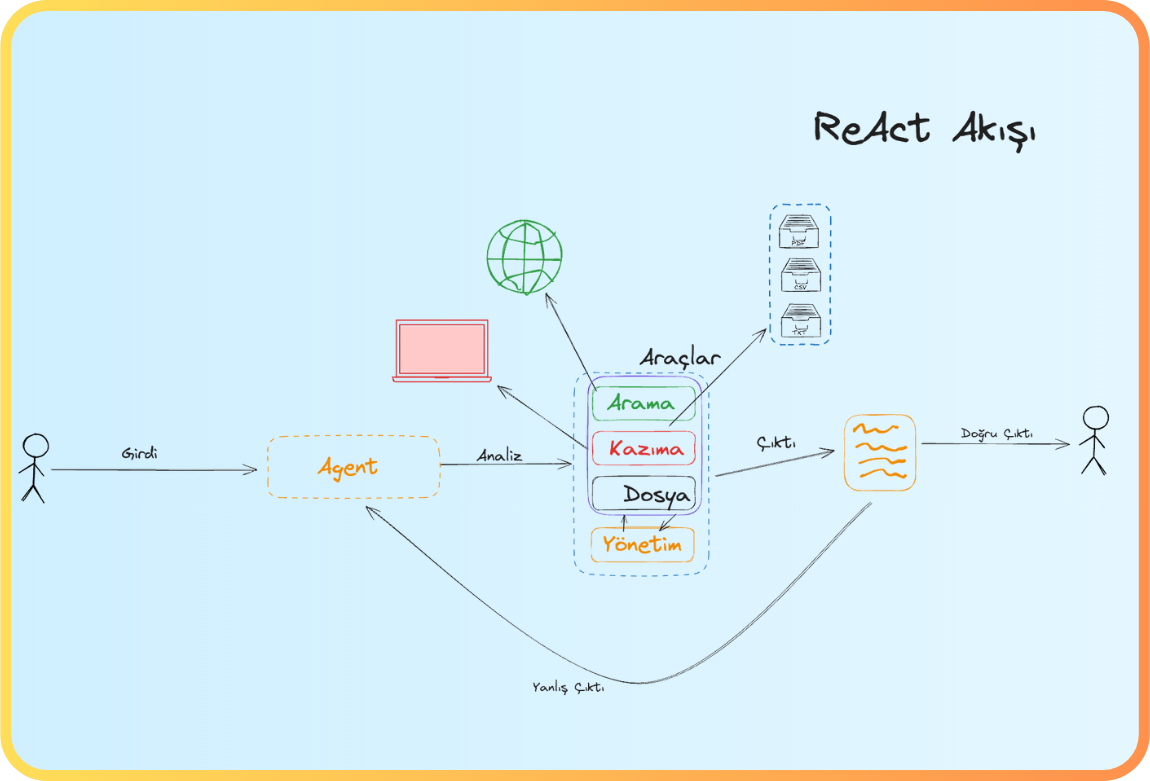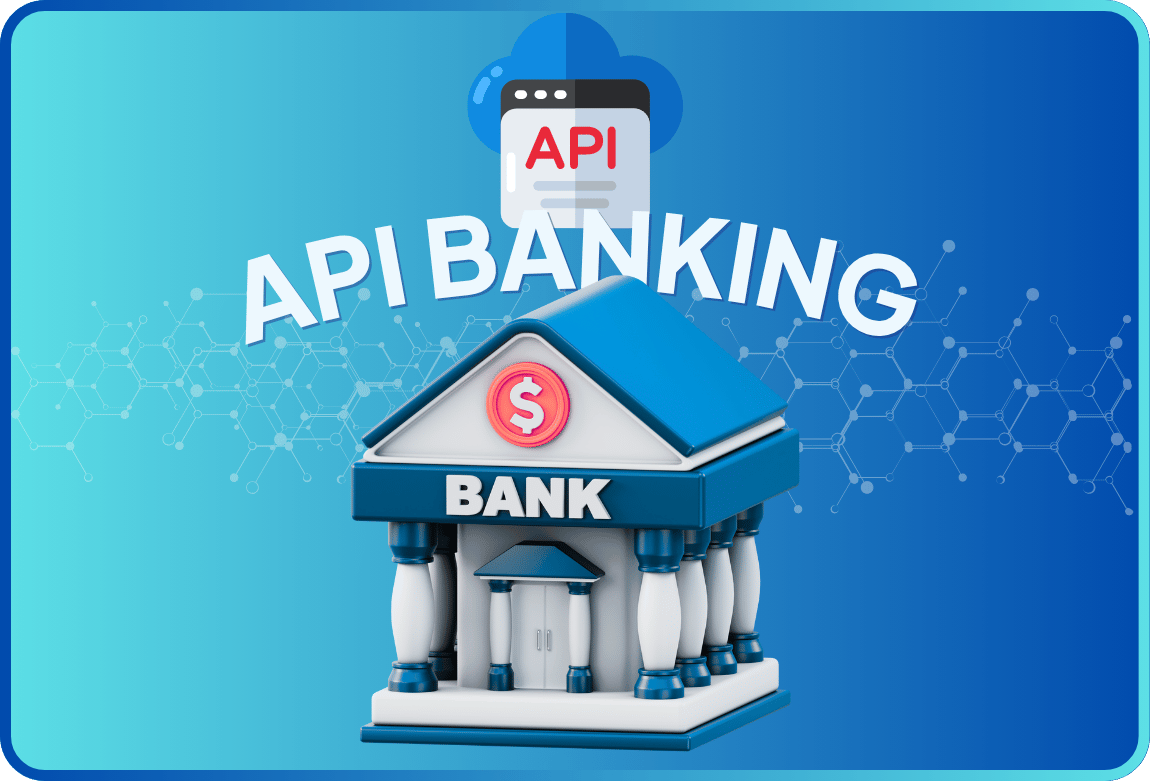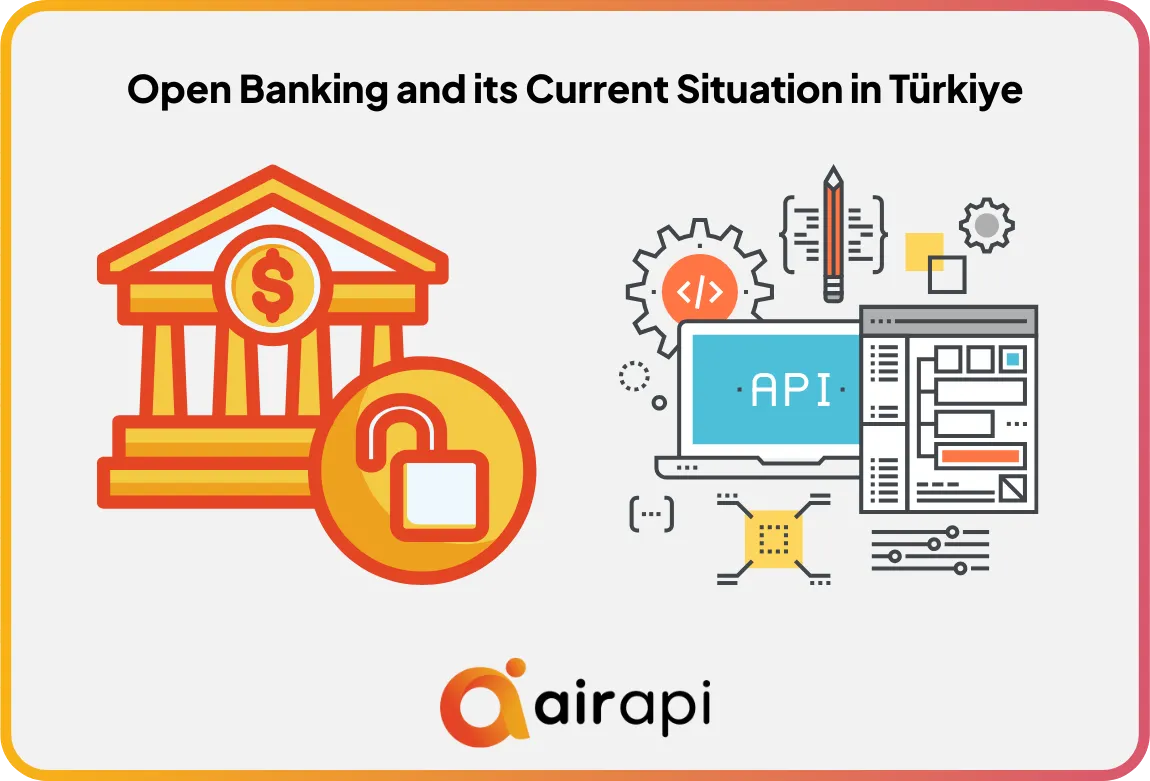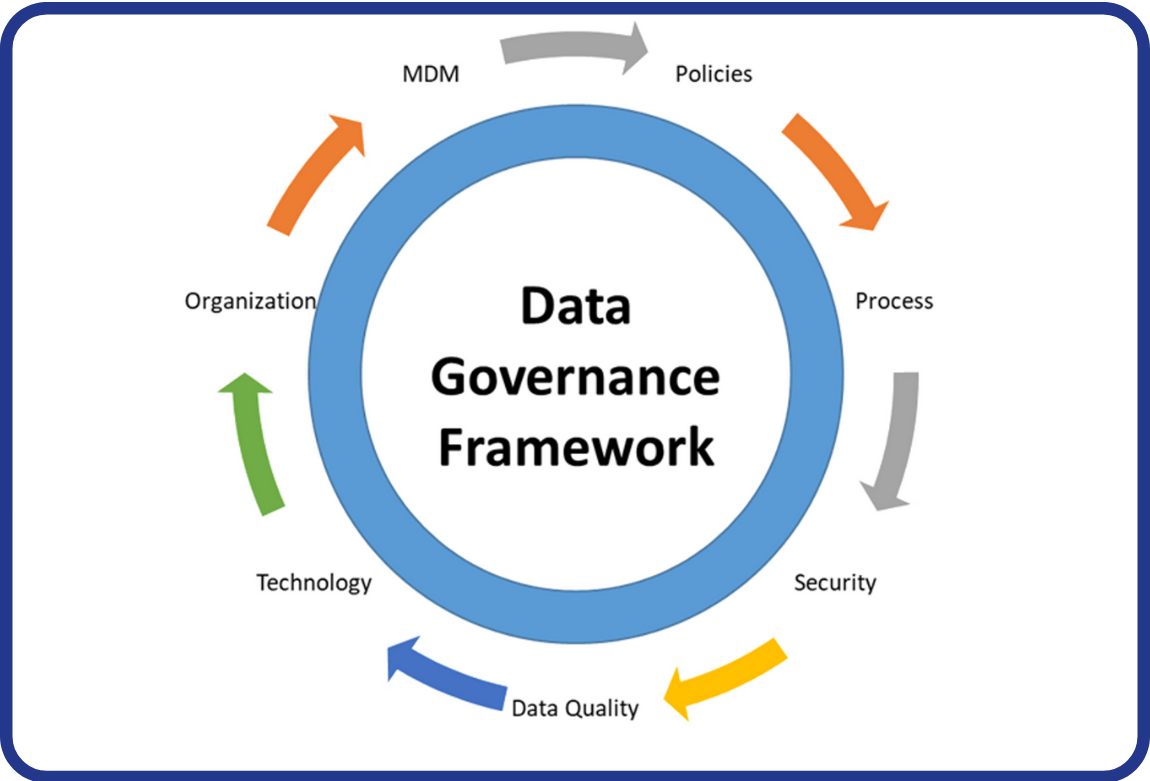
In today’s software development processes, test automation plays a critical role. Especially when it comes to ensuring the reliability and functionality of APIs, test automation is indispensable. In this article, I will talk about what test automation is and how to write API tests using the RestAssured library.

Figure 1: API Automation Testing Using REST-assured with Java
What is Test Automation?
Test automation is the practice of using automated tools and scripts to execute software testing processes instead of performing them manually. The main goal is to run repetitive tests quickly and reliably, accelerate the testing cycle, and minimize errors. It helps improve quality while saving both time and cost.

Figure 2: Manual Testing Vs Automation Testing
What is RestAssured?

Figure 3: The Role of API Testing in Software Development
RestAssured is a Java-based API test automation library designed to simplify the validation of RESTful web services. It is a powerful and flexible tool that is widely used in API test automation. Supporting data formats such as JSON and XML, it allows easy handling of both HTTP and HTTPS requests.
RestAssured can be seamlessly integrated with popular testing frameworks like JUnit and TestNG. It supports all HTTP methods, including GET, POST, PUT, and DELETE. What sets RestAssured apart from other libraries is its built-in support for the Behavior-Driven Development (BDD) approach. Additionally, it enables flexible response validations using the Hamcrest Matchers library.

Figure 4: RestAssured Flowchart
Setting Up RestAssured
To start using RestAssured, you need to add the RestAssured library to your project using a build management tool such as Maven or Gradle.
If you’re using Maven, simply add the following dependency to your pom.xml file:

Figure 5: RestAssured Dependency in the pom.xml File
Using RestAssured
To start using RestAssured, you first need to import the necessary libraries.

Figure 6: Importing Required Libraries in Java
Now, let’s write test scenarios using RestAssured that cover basic CRUD operations with the JSONPlaceholder API.
JSONPlaceholder is a test API that works with mock data and is commonly used for testing purposes.
1.Retrieving User Information with a GET Request
This test retrieves the information of a specific user using a GET request and performs validations to ensure the user exists and the returned data is accurate.
It verifies that the HTTP response status code is 200 and checks the correctness of the user information.

Figure 7: Retrieving User Information with a GET Request
Let’s go over the functions used in this example step by step:
• RestAssured.baseURI - This defines the base URI of the API being tested.
• given() - This step sets up the preconditions or prerequisites of the test. It is used to specify parameters or headers required before making the request. For example, configuring the base URI, setting request headers, or defining query parameters.
• when() - This represents the action phase of the test. Here, HTTP methods like GET, POST, PUT, and DELETE are used to make the actual request.
• then() - This phase verifies the outcome of the request and checks whether the response meets the expected conditions. It validates things like the response status code, the response body content, and the presence of specific data. Using statusCode and body, the status and content of the response are validated.
• statusCode(200) - This asserts that the HTTP response status code should be 200 (OK).
• extract() - This is used to extract the response as a Response object. This object allows for further validation or manipulation of the response data during the test. For example, it can be used to retrieve specific values from the response body, check headers, or pass data to subsequent test steps.
2. Creating a New User with a POST Request
This test creates a new user using a POST request and validates the response content.
Although the JSONPlaceholder API does not actually persist the data, we still receive a successful response.

Figure 8: Creating a New User with a POST Request
3. Updating User Information with a PUT Request
This test updates an existing user using a PUT request and validates the response content.
In the JSONPlaceholder API, the update operation is accepted, and the test returns a status code of 200.

Figure 9: Updating User Information with a PUT Request
4. Deleting a User with a DELETE Request
This test deletes a specific user using a DELETE request and verifies the response status code.
While the JSONPlaceholder API doesn’t actually remove the data, it still returns a success status (200 or 204).

Figure 10: Deleting a User with a DELETE Request
More Advanced Test Scenarios
Now, let’s go beyond basic CRUD operations and write more comprehensive test scenarios—such as error handling, data validation, and performance testing—to explore different aspects of API testing.
With these examples, we can test how the API responds to various conditions, including error cases and filtering scenarios.
5. Response Time Performance Check
This test checks the response time of a specific request.
To ensure the API is performing efficiently, we verify whether it responds within a predefined time limit. Performance is a critical factor, especially for real-world APIs.

Figure 11: Response Time Performance Test
6. Filtering Posts by a Specific User
This test filters posts by a specific user using the userId parameter and performs validation.
This allows us to verify that only the results belonging to the specified user are returned.

Figure 12: Filtering Posts of a Specific User
7. Testing Error Handling with an Invalid ID
This test checks how the API responds to an invalid request by sending a GET request with a non-existent ID and verifying that it returns a 404 error.

Figure 13: Error Scenario Test with Invalid ID (404)
8. Sending a POST Request with Incorrect Data Type
It’s important to verify whether an API returns the appropriate error message when it receives unexpected data types.
For example, we can send an invalid POST request by providing a numeric value in a field that expects an email address.

Figure 14: Sending POST Request with Incorrect Data Type
9. Verifying Deletion with a Follow-Up GET Request
After deleting a resource, sending a follow-up GET request to confirm that a 404 response is returned is a great way to verify that the data has been truly deleted.

Figure 15: Deletion Verification with GET After DELETE
Conclusion
RestAssured is a powerful tool that significantly simplifies the testing of RESTful APIs. Thanks to its simple and intuitive syntax, API test scenarios can be written and executed quickly and efficiently.
In this article, we explored the core features of RestAssured along with basic usage examples. If you’re looking to deepen your understanding of API testing, the resources listed below can be a great starting point—or you can begin by creating and experimenting with your own scenarios.
For those interested in diving deeper into this field, here are several advanced topics and recommended resources:
1. Using JSONPath and XMLPath
JSONPath (for JSON) and XMLPath (for XML) expressions allow you to access specific fields within complex data structures. They are especially useful when validating nested data.
Resources:
• https://github.com/json-path/JsonPath
• https://www.w3schools.com/xml/xpath_intro.asp
2. Filtering Complexity
In real-world APIs, numerous filtering parameters may be involved (e.g., date ranges, user types, status, etc.). Testing these requires careful validation of all relevant combinations and their expected results.
Resource:
• https://learning.postman.com/docs/sending-requests/create-requests/parameters/
3. Asynchronous and Reactive API Testing
Asynchronous APIs don’t return results immediately after a request. In such cases, polling mechanisms or callbacks are used. Reactive APIs are flow-based and differ from traditional testing scenarios.
Resources:
• https://rieckpil.de/testing-spring-boot-applications-with-rest-assured/
• https://docs.spring.io/spring-framework/reference/web/webflux.html
4. Security Testing
Testing for risks such as authentication, authorization, rate-limiting, and data leakage is crucial in API environments.
Resources:
• https://owasp.org/www-project-api-security/
• https://github.com/rest-assured/rest-assured/wiki/Usage#oauth-20
5. Academic and Industry References
• Book: API Testing and Development with Postman – Dave Westerveld
• Akademic Paper: A Survey on Automated REST API Testing – IEEE Access, 2021
References
-
Official RestAssured Documentation : https://rest-assured.io/
-
JsonPlaceholder API: https://jsonplaceholder.typicode.com/


 Back
Back



















































